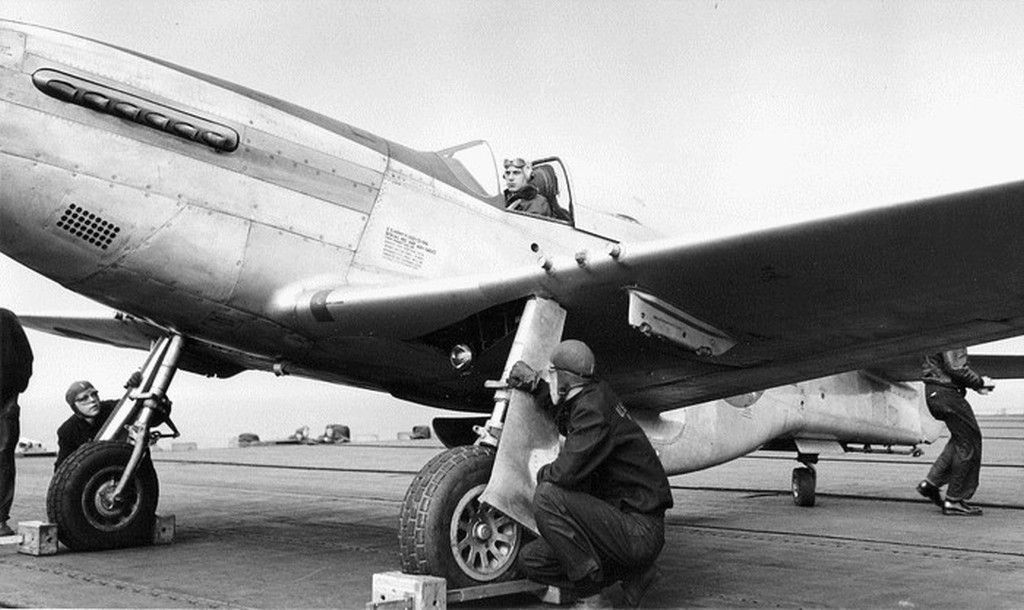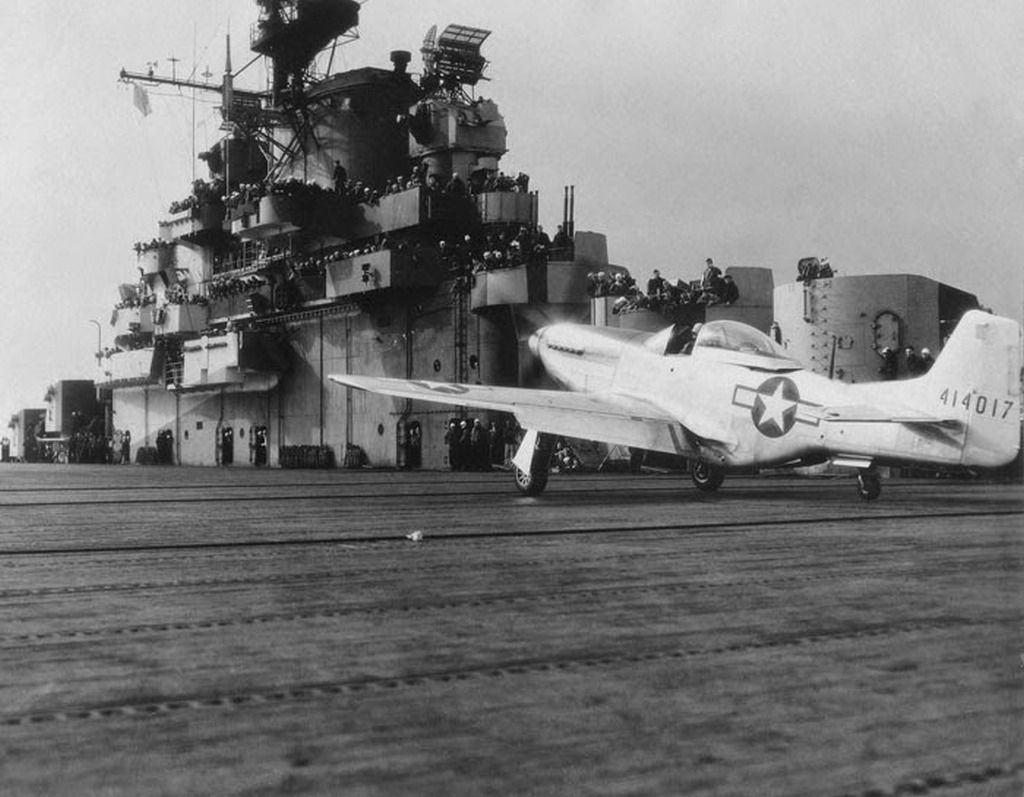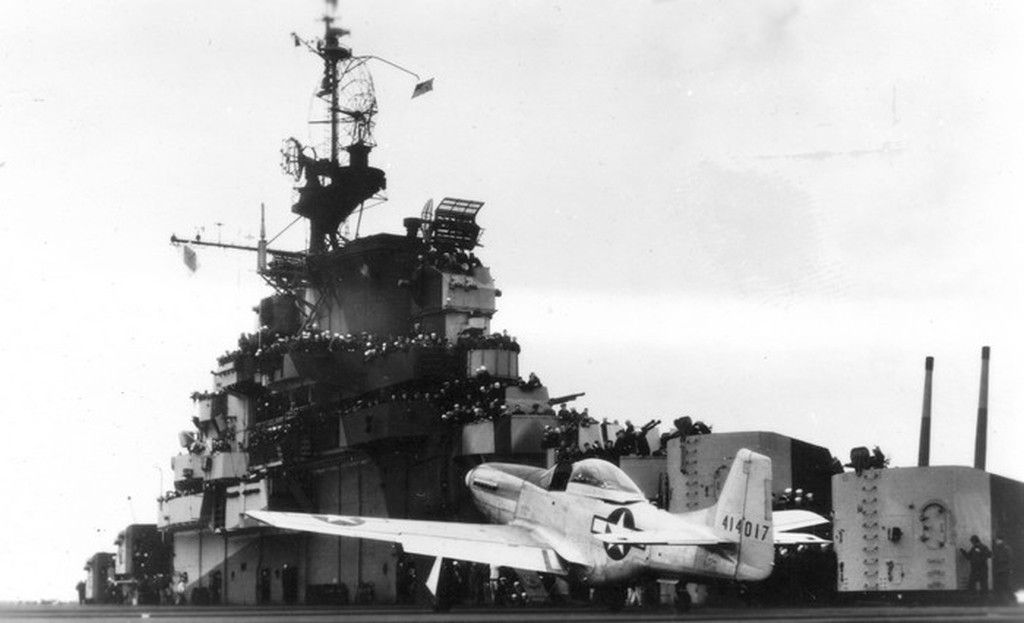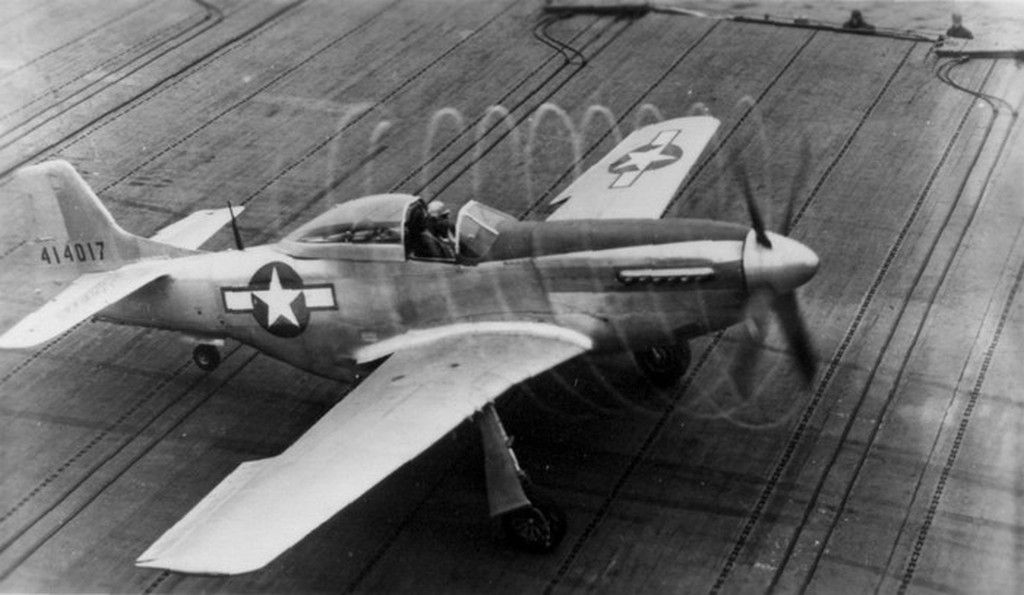Forums
- Forums
- Duggy's Reference Hangar
- USAAF / USN Library
- "Project Seahorse"
"Project Seahorse"
Post a reply
- Go to Previous topic
- Go to Next topic
- Go to Welcome
- Go to Introduce Yourself
- Go to General Discussion
- Go to Screenshots, Images and Videos
- Go to Off topic
- Go to Works in Progress
- Go to Skinning Tips / Tutorials
- Go to Skin Requests
- Go to IJAAF Library
- Go to Luftwaffe Library
- Go to RAF Library
- Go to USAAF / USN Library
- Go to Misc Library
- Go to The Ops Room
- Go to Made in Germany
- Go to Campaigns and Missions
- Go to Works in Progress
- Go to Juri's Air-Raid Shelter
- Go to Campaigns and Missions
- Go to Works in Progress
- Go to Skinpacks
- Go to External Projects Discussion
- Go to Books & Resources
-
9 years agoSun Jan 17 2021, 05:03pmDuggy
 Main AdminWith a surface of 69 millions square miles, the Pacific Ocean
Main AdminWith a surface of 69 millions square miles, the Pacific Ocean
covers nearly a third of the Earth?s surface. During World War II, military operations in the Pacific were
confronted with the problem of range. This was particularly true of aerial operations. Mainland Japan
was bombed on 18 April 1942 by Doolittle and his raiders, but that was a one-time effort of mostly psychological value. All of the 16 aircraft involved were lost, and 11 of the 80 raiders were either killed or captured. After that, no bombing raids were flown against the Japanese Home Islands until the second half of 1944 when B-29 long-range bombers were used from bases in China and later the Marianas islands. These raids were unescorted as no fighter had the range to escort the bombers all the way to Japan and back.
The lack of escort for the B-29s became a growing concern. One of the solution that was considered was to have fighter launched from aircraft carriers located closer to Japan join the bombing raid. Even so, no naval fighter had enough range. The only fighter which seemed suitable for this was the North American P-51 Mustang.
The Mustang had initially been designed as a fighter, and evolved into a dedicated long-range escort
fighter by late 1943. It had never been intended for carrier-borne operations. Most naval aircraft are
designed as such from the start for several reasons. The stress endured by airframes during catapult
launches and arrested landings far exceeds that of normal, land-based operations. This requires modifications to the aircraft, notably reinforcement of its fuselage and undercarriage. Catapulting hooks are required for catapult launches, and a tailhook is needed to catch the arrester cable upon landing. The small size of an aircraft carrier deck also means that a low approach speed is preferable.
The environment in which naval aircraft evolve is also a problem.
High salt and humidity levels greatly increase corrosion. Naval aircraft, just like ships, need to be treated
to retard this as much as possible.
Lastly, space is a rare commodity on an aircraft carrier, and folding wings are a very desirable feature of
any naval aircraft.
The Mustang had none of these features but, due to urgency, it was decided to modify a Mustang and
investigate its performance in carrier operations. The program was given the name "Project Seahorse".
An early-series P-51D was selected. P-51D-5-NA serial number 44-14017 was retained by North American Aviation in Dallas, Texas.
To enhance low speed handling, it was fitted with a fin fillet extension.
This was a standard retrofit for early-series P-51D aircraft. The other modifications were specific to the new naval role of the aircraft. A tailhook was fitted, attached to a reinforced bulkhead. A catapult hook was fitted on the fuselage centerline, just forward of the wing. To cope with hard carrier landings, the tires were replaced with special high-pressure ones. The main undercarriage shock absorbers received increased air pressure to reduce bouncing upon landing. The airframe was also reinforced in various points to withstand the extra stress.
Thus modified, 44-14017 was redesignated ETF-51D and sent to Mustin Field, near Philadelphia, for initial testing in September 1944.
The pilot in charge of testing the ETF-51D was Navy Lieutenant Robert M. Elder. He was an experienced naval test pilot who had already conducted carrier-suitability trials with several types of aircraft.
One of the runways at Mustin Field was specially modified in order to test the naval Mustang. Markings simulating the size of an aircraft carrier's deck were realized and arrester cables were installed, as well as a launch catapult.
During the months of September and October 1944, Lt. Elder made nearly 150 simulated launches and landings
with the ETF-51D. Sufficient data concerning the Mustang's low speed handling had to be gathered before carrier trials could begin. The Mustang's laminar-flow wing made for little drag and high speed but was relatively inefficient at low speed, resulting in a high stall speed. As the arrester cables could not be engaged at more than 90 mph, Elder reported that ?from the start, it was obvious to everyone that the margin between the stall speed of the aircraft (82 mph) and the speed imposed by the arrester gear (90 mph) was very limited.?
By late October 1944, Elder had amassed enough data and was confident the ETF-51D could enter the next stage: live carrier operations at sea. The ETF-51D was transferred to the USS Shangri-La (CV-38), a newly-launched Essex class carrier undergoing her shakedown cruise off the coast of Virginia. On 15 November, Elder made the first P-51 carrier landing. This is the extract from the ship's log: NOV 15, 1944 1220hrsLt. Robert M. Elder, USN, made the first carrier landing of P-51 type fighter plane #414017, followed by three landings and four takeoffs all successful?.
It is interesting to note that 15 November was a special day for the Shangri-La. It was the day the
PBJ (the US Navy version of the B-25 bomber) made its first carrier landings and launches from it.
Bob Elder ?made all carrier landings at the speed of 85 mph. Luckily, the Mustang reacted well, even in the
most delicate situations. One just had to use the throttle wisely. Elder reported that speed control on the ETF-51D was excellent. He also stated that ?the forward visibility was good and never gave me any problems. In fact, fighters with radial engines such as the F4U or F6F were worse than the P-51 in that respect.? The aircraft also behaved well during catapult launches.But everything was not perfect. As previously mentioned, the margin between stall speed and maximum engagement speed was small, too small for safety. Rudder control at low speeds and high angles of attack was inadequate. In addition, landing attitude had to be carefully controlled to avoid damaging the airframe upon landing.
One of the handling quirks of the Mustang was also potentially dangerous. During a missed approach or a wave-off, power has to be re-applied gently. If not, the aircraft could roll rapidly, or even snap-roll. At such low speed and altitude, the result could only be fatal.
The carrier suitability trials were rather short: only 25 landings and launches were made.
Elder wrote "Although I had premiered many US Navy aircraft carrier landings, no such
experience had been as interesting as with the Mustang". Nevertheless, he did not think the Mustang had its place in naval operations.
By early 1945, the islands of Okinawa and Iwo Jima were conquered. Their airfields were immediately taken over by US forces, providing fighter units with bases from which they could escort bombers to mainland Japan. The navalized P-51 was no longer needed and the program never went any further.




Text by Bertrand Brown, Thanks.
Post a reply
- Go to Previous topic
- Go to Next topic
- Go to Welcome
- Go to Introduce Yourself
- Go to General Discussion
- Go to Screenshots, Images and Videos
- Go to Off topic
- Go to Works in Progress
- Go to Skinning Tips / Tutorials
- Go to Skin Requests
- Go to IJAAF Library
- Go to Luftwaffe Library
- Go to RAF Library
- Go to USAAF / USN Library
- Go to Misc Library
- Go to The Ops Room
- Go to Made in Germany
- Go to Campaigns and Missions
- Go to Works in Progress
- Go to Juri's Air-Raid Shelter
- Go to Campaigns and Missions
- Go to Works in Progress
- Go to Skinpacks
- Go to External Projects Discussion
- Go to Books & Resources
